As someone who works in the clothing industry, are you familiar with all the processes involved in clothing processing and manufacturing? Today, Jiang Yudong, who specializes in clothing processing and clothing exhibition and sales, has sorted out the entire process of clothing processing and production for everyone, which is both popular and systematic. Let’s take a look. You can call me editor.
1. Incoming materials
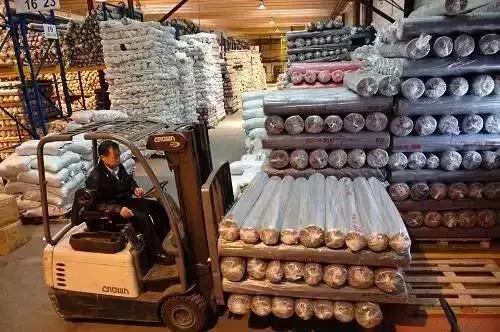
First of all, the operation process of the garment factory, the initial The raw material is cloth.
2. Cloth inspection
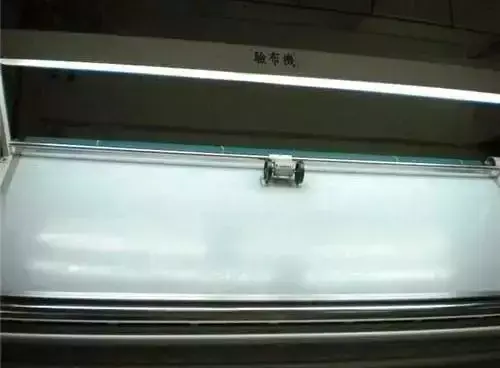
This is the “cloth inspection machine”
The cloth shipped back from the cloth factory is placed in the warehouse and must be inspected first.
Concerning fabric inspection, each factory will have a standard. If it exceeds this standard, the entire batch of fabrics will be rejected or the fabric dealer will have to rework it.
3. Fabric pre-shrinking
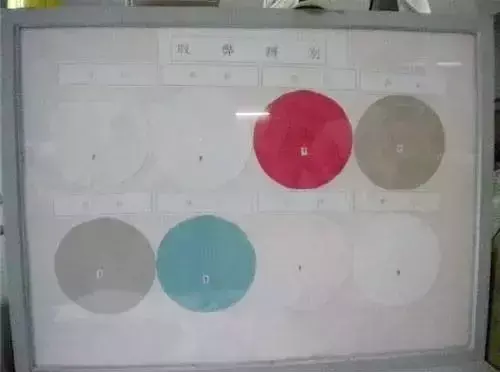
This is the “defect cloth picture”
After inspecting the cloth, the cloth with good quality will be sent to the steam machine for air release and loosening to maintain the stability of the cloth area. Some special fabrics can be cut directly without going through the 72 hours of loosening time. After it is made, the size deviation will be very large, and ordinary fabrics should be laid flat for 24 hours.
4. Filibuster
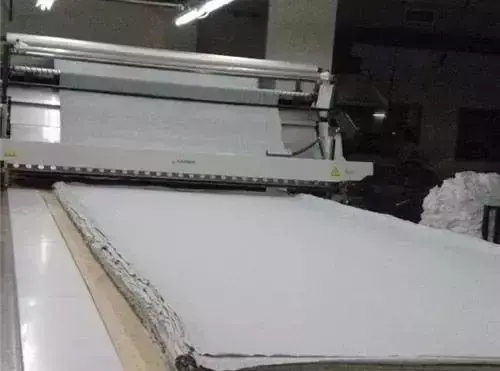
After loose cloth is OK, first perform “computer pull cloth” . It’s ready to be cut.
5. Cropping
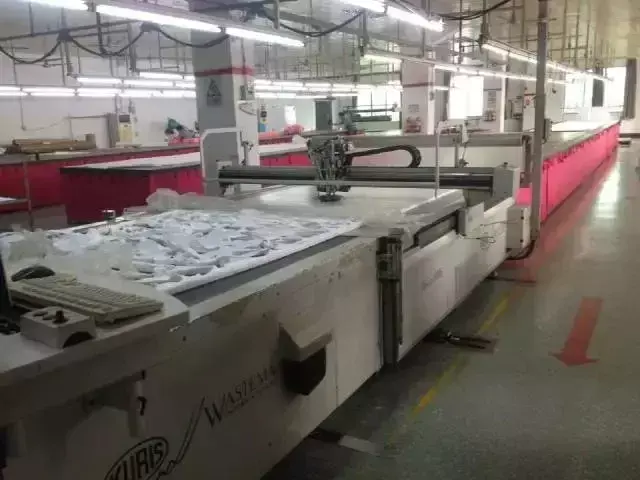
This is the “automatic cutting bed”
6. Sample sealing and testing
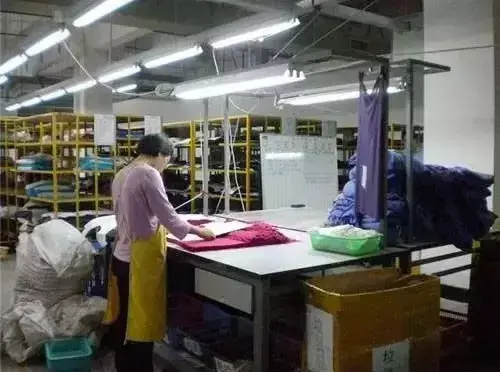
After the cloth is cut, there will be a department responsible for patching and inspection. Check whether there is any problem with the cut cloth. If there is any problem, check it directly to facilitate the subsequent process.
7. Hot Pu
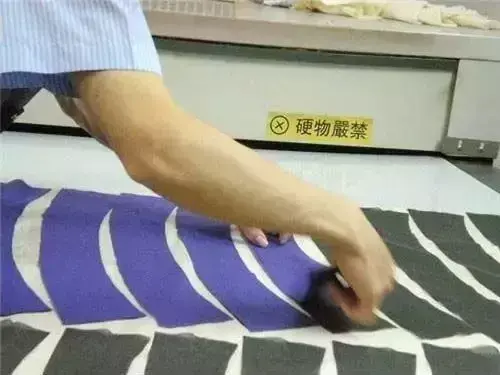
This is the “ironing machine”
Film inspection department: After film inspection, some factories will have a middle perm department. The middle perm department mainly irons some semi-finished products and some perm.
8. Semi-finished product process
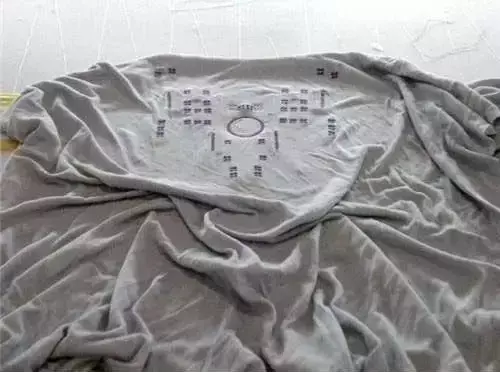
If you have car flowers, they are usually sent first. The sewing process depends on the process. Some are semi-finished products that are sent out for beading and embroidery. Some are sewn and then taken for beading and embroidery.
9. Sewing·”Tie strap”
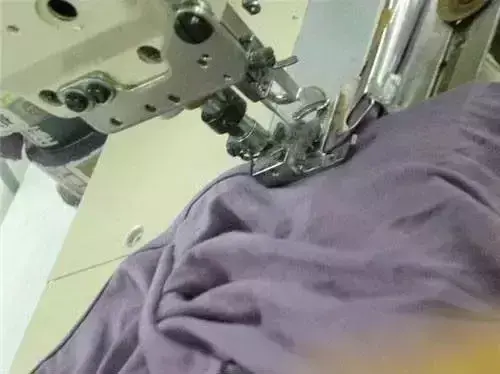
This is “pull the strap ”
After a piece of clothing is assembled and the semi-finished product is ready, it can be sent to the workshop to start sewing.
Most of the round-neck T-shirts nowadays are tied directly by pulling the straps on. This is a technical test. If it is pulled unevenly, the collar will be crooked. In this way, when people open the clothes and see this kind of product, they will have no desire to buy it.
10. Sewing·”Flat Car”
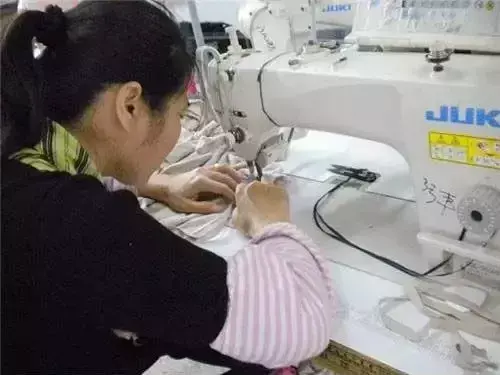
This is the “flat car”
There seems to be nothing to say about this. For the most common cars, everyone should know that some of them are more delicate in workmanship and will have requirements, such as distance and number of stitches.
11. Sewing · “Stretch sewing machine”
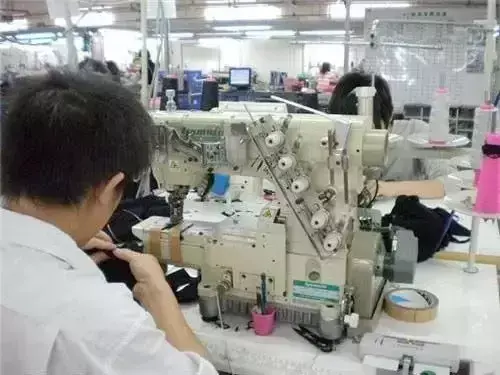
This is “冚车”
The scientific name is also called “interlock sewing machine”. This is used in many places. The stitches are chain stitches.
12. Sewing·roll collar, piping, folding, and stitching
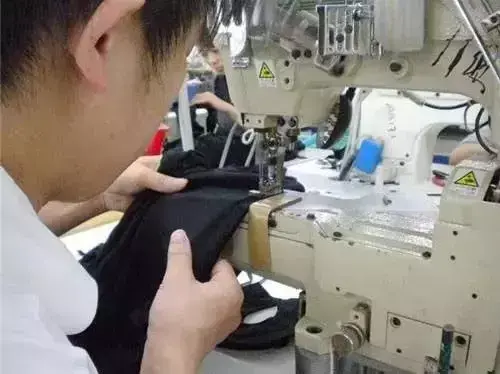
The Stitches are mostly used in rolling collars, piping, hems, seams, splicing seams and trimmings of knitted clothing. Let me show you the renderings of the finished clothes.
13. Sewing·”Semming Machine”
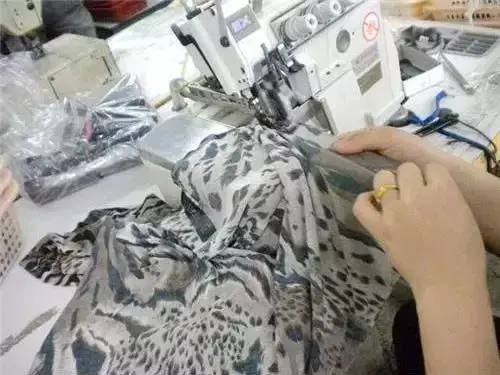
This is the “overlocking machine ”
In the south, it’s called a bone cart, which is used to prevent fabric edges from falling apart.
14. Button eyes
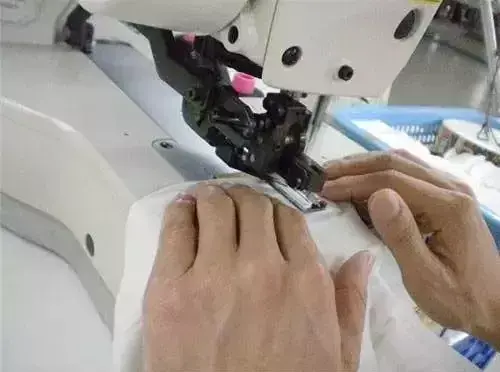
This is the “button door car”
15. “Button door car”
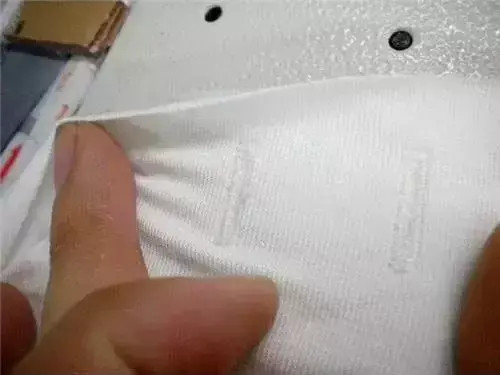
This is the “button hole” of the “button door car”.
16. Buttons
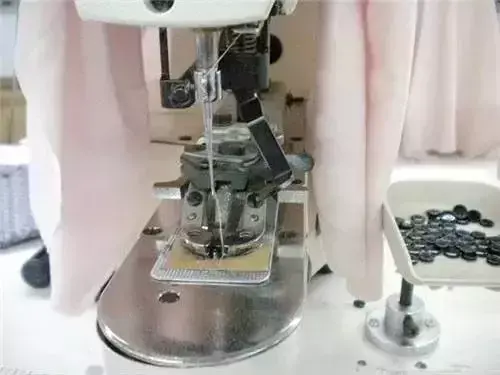
This is the “button car”
17. Group inspection
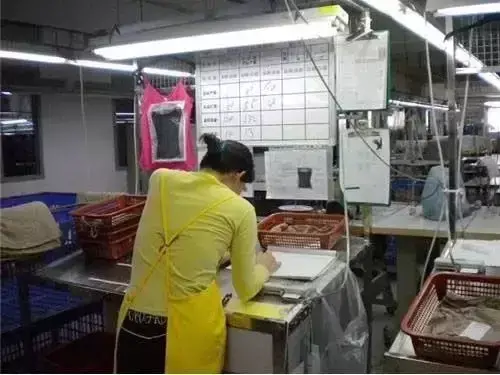
This is the “mid-check”
Each group There must be a person who is responsible for checking shirts. If there are quality problems, they can be directly improved.
18. Trim threads

This is the “line blowing machine”
After checking the clothes, if there are no problems, after cutting the threads, send them to the thread blowing machine to blow out the threads.
19. Big perm

After blowing the line, all the previous work is done It’s done and the clothes are finished, but is it okay to ship them this way? The editor Jiang Yudong, who is also a clothing processing and clothing exhibition salesman, tells you: Of course not, after so many tasks, the clothes must have become wrinkled. Enter the next process, ironing, to iron the clothes flat and meet the customer’s size requirements. Therefore, after ironing the shirt, you usually have to check the shirt and measure it.
20. Hang tag
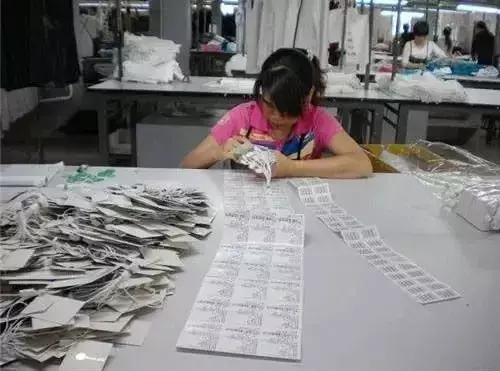
This is part of the “packaging workshop”, “hanging tags” ” and “padding certificate”, etc., only after ensuring that all clothes have no quality problems will they enter the packaging area. All quality problems should be improved from here.
21. Packaging
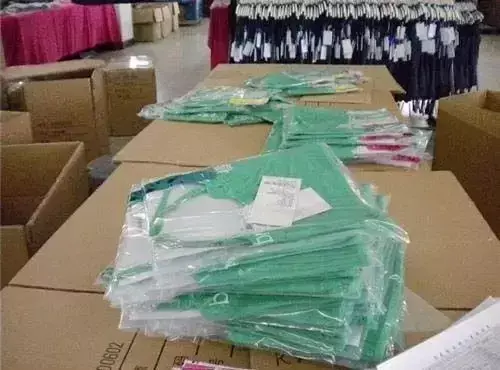
This is the “packaged ready-made garment”, and then package it After packing, it is ready to be shipped.
22. Garment completed
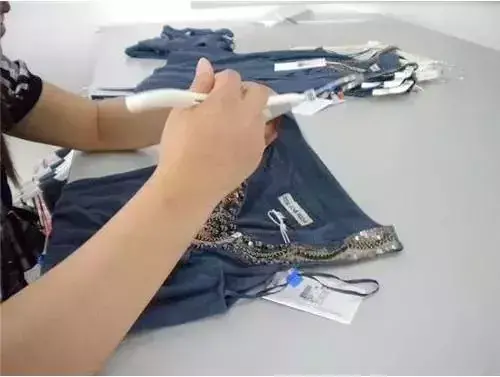
Finally, through the joint efforts of many people, ready-made clothing has arrived Sales market for sales. Has everyone gotten access to clothing processing?






